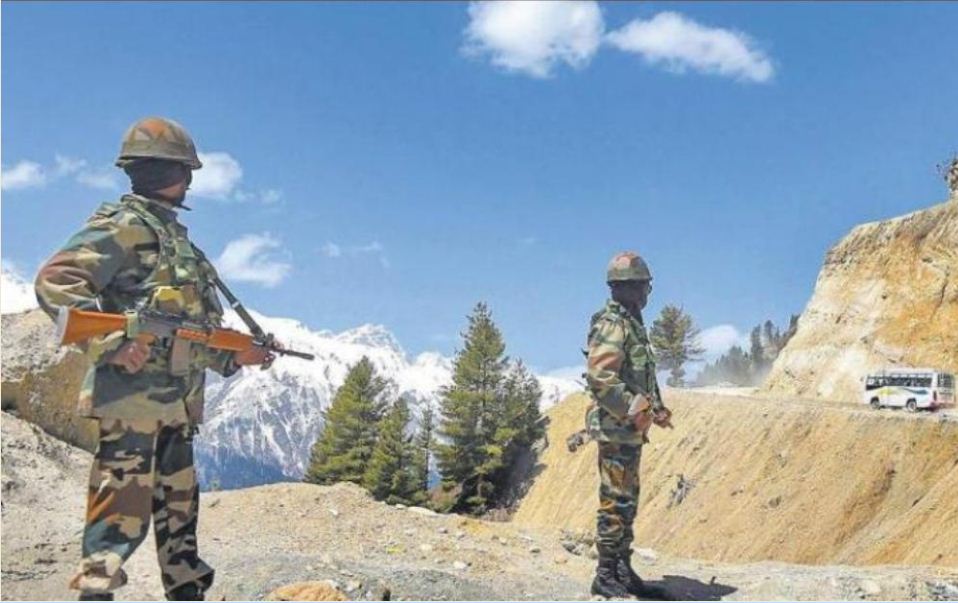NEW DELHI, Nov 11: A final solution to the six-month old impasse over the stand-off between the Indian and Chinese armies in Eastern Ladakh may finally be on the anvil. With the temperature dropping to less than minus 20 degree Celsius and steadily going down with the onset of winter, the uniformed men may get some reprieve from the biting cold.
In a major development, the ongoing India-China border conflict may be resolved soon as the armies of the two countries have agreed for disengagement from parts of the Eastern Ladakh sector under which they would be moving back to their respective positions before April-May timeframe earlier this year.
Though the last round of talks, eighth so far, remained inconclusive and the two sides agreed for another round of talks “soon” to resolve the disputes, the disengagement plan was learnt to had been discussed between the two sides during the 8th Corps Commander-level talks which were held on November 6 in Chushul in which external affairs ministry’s Joint Secretary Naveen Shrivastava and Brigadier Ghai of Directorate General of Military Operations had also taken part.
The Indian Chief of the Army Staff General M M Naravane had also made a statement on Monday indicating that a “solution to the impasse” in sight.
As per the disengagement plan which is to be carried out in three steps in one week from the talks in the Pangong lake area, the armoured vehicles including tanks and armoured personnel carriers were to be moved back from their frontline deployment to a significant distance from the Line of Actual Control (LAC) by both sides, agency reports said. In the second step to be carried out near the northern bank on the Pangong Lake, both sides were supposed to withdraw around 30 per cent of troops every day for three days. The Indian side would be coming close to its administrative Dhan Singh Thapa post while the Chinese had consented to go back to their position east of Finger 8.
In the third and last step, the two sides were to withdraw from their respective positions from the frontline along the southern bank of Pangong Lake area which includes the heights and territories around Chushul and Rezang La area.
The two sides had also agreed for a joint mechanism to verify the progress in the disengagement process through delegation meetings as well as using Unmanned Aerial Vehicles (UAVs).
The Indian side is moving very carefully on the issue as there is a lot of trust deficit with China after the Galwan valley clash in June this year in which 20 Indian soldiers had lost their lives and many Chinese army soldiers, including their Commanding Officer, were killed by the Indian troops.
Prime Minister Narendra Modi’s trusted security team, including National Security Advisor (NSA) Ajit Doval, Chief of Defence Staff (CDS) General Bipin Rawat, Army Chief Naravane and Air Force chief RKS Bhadauria, had taken strong military measures like occupying the dominating heights along the southern and northern bank of Pangong Lake on the LAC including the Ane La and Que La features.
China had mobilised its troops in a massive deployment along the LAC and transgressed into multiple Indian locations in April-May and India gave a huge response as it moved close to 60,000 troops for forward deployments apart from bringing in reserve divisions from the nearby Himachal Pradesh sector and plains. The Indian Air Force made rapid deployments to the frontline where its fighter jets and attack choppers were in ready to fire mode while its Garud Special Forces were deployed in the approach areas with Igla air defence systems to take out any approaching enemy aircraft.
(Manas Dasgupta)

